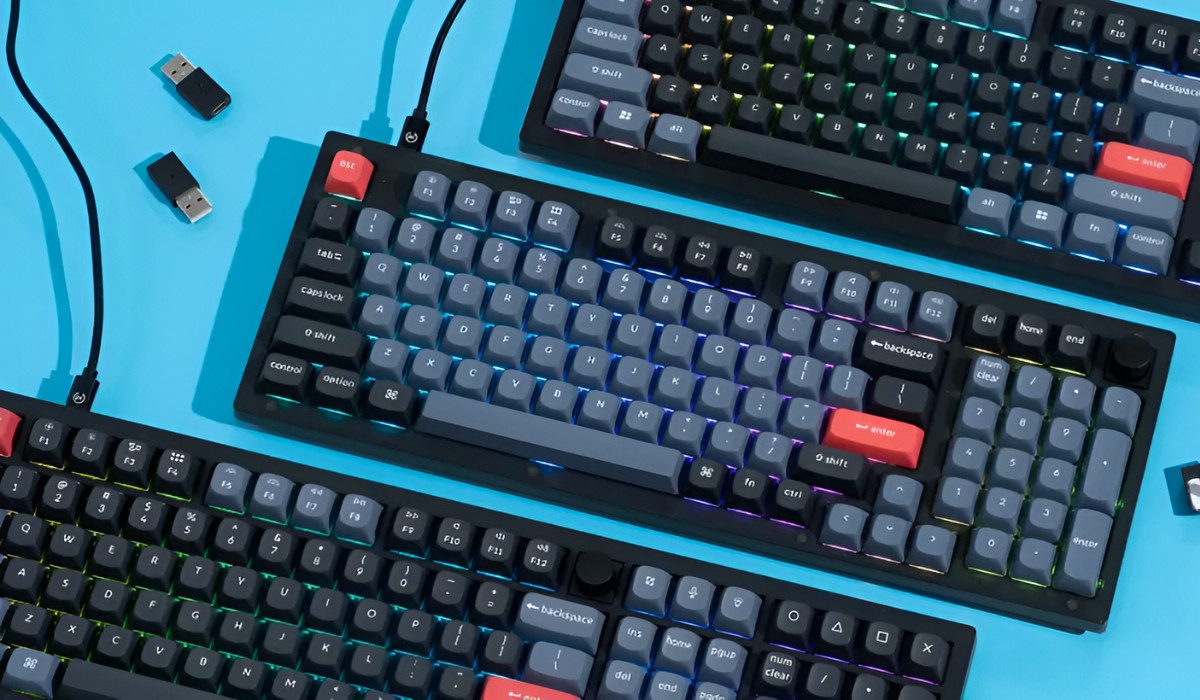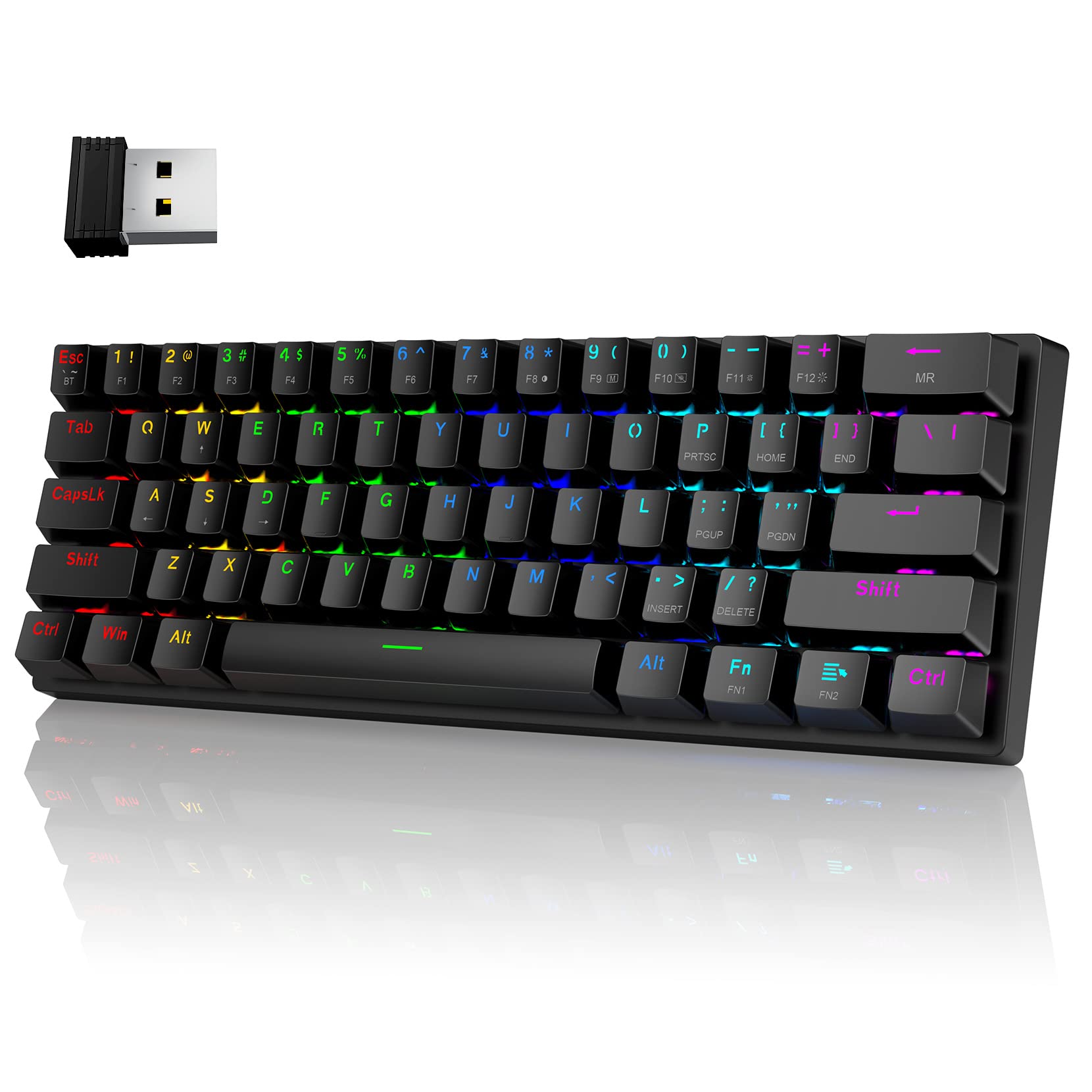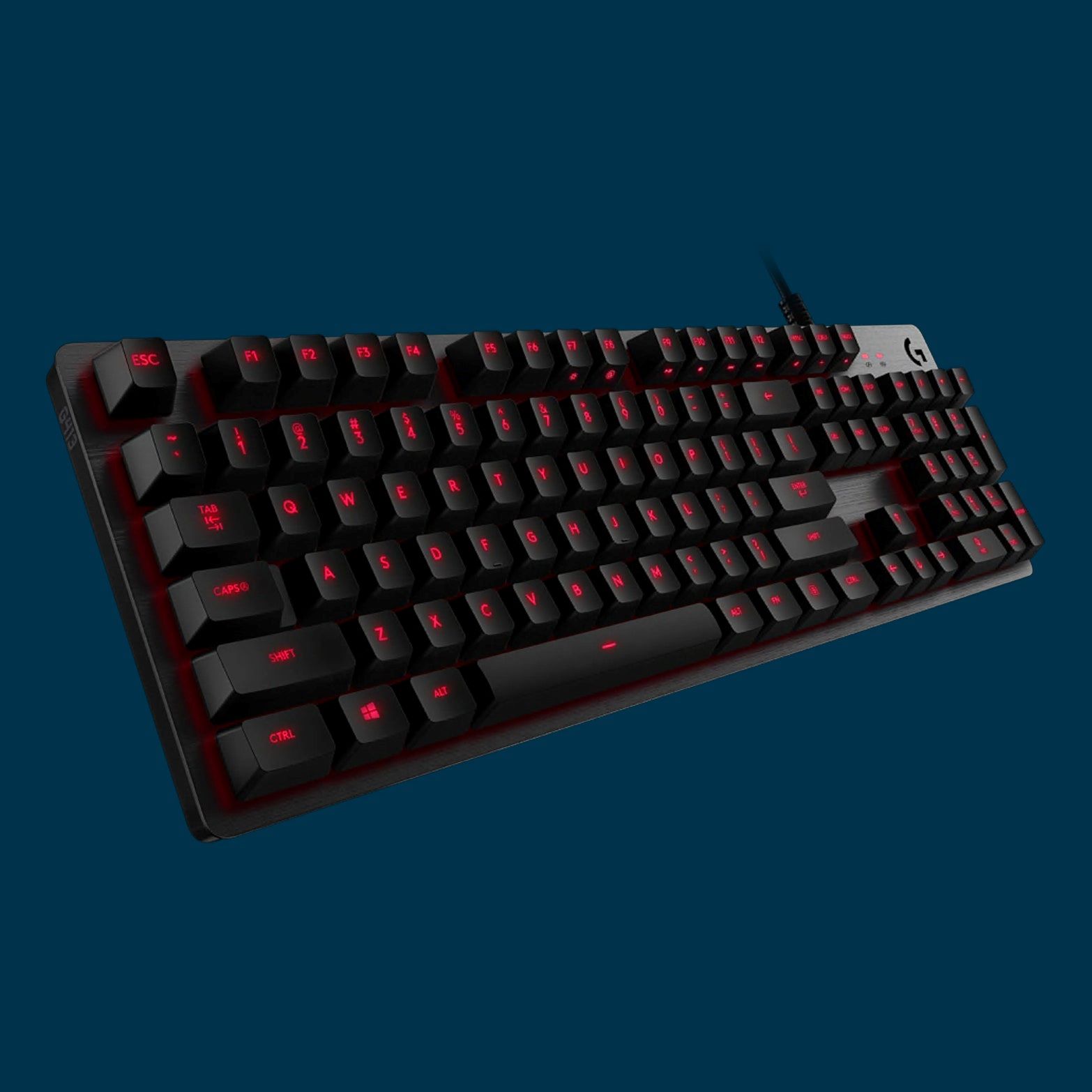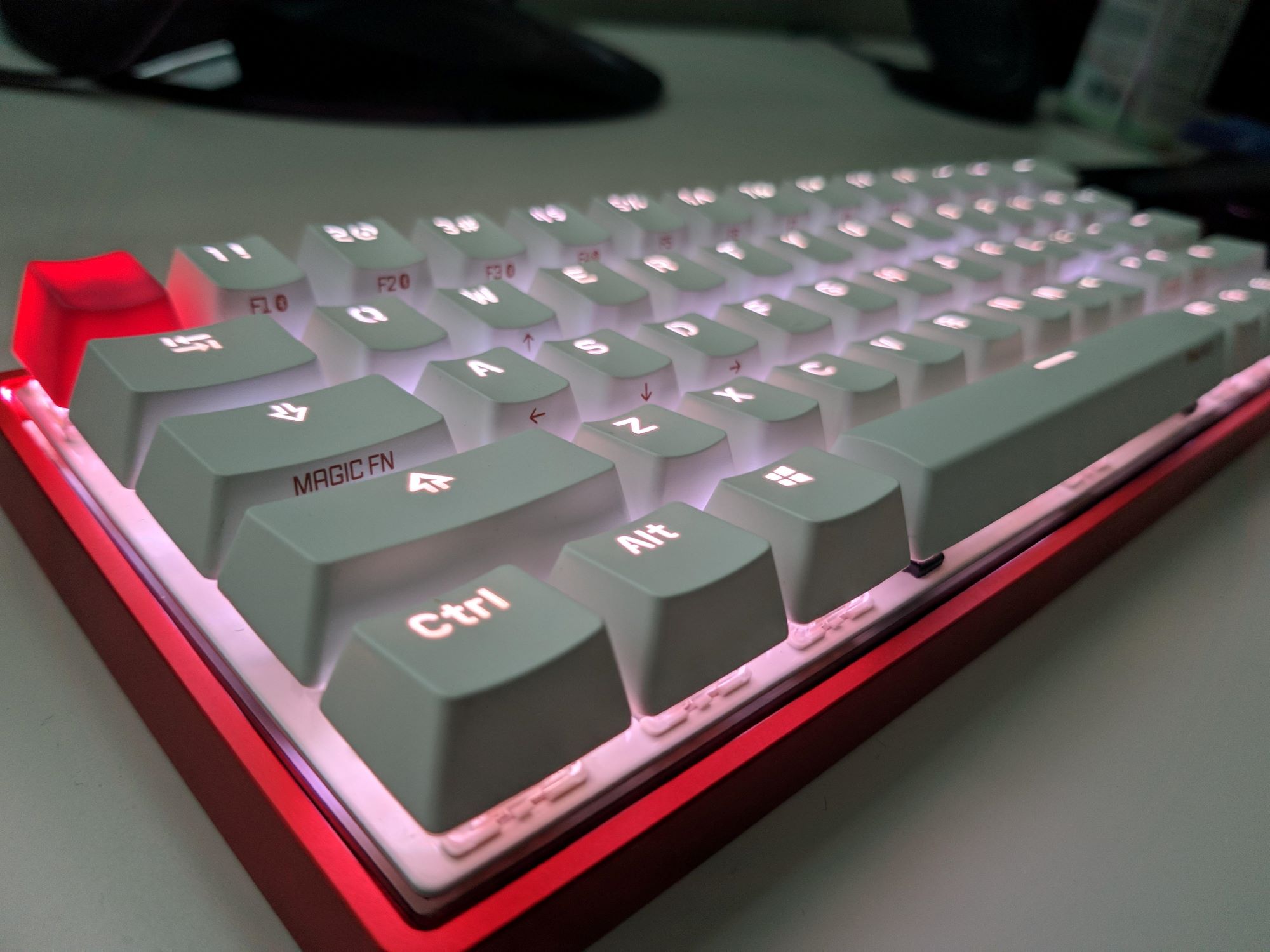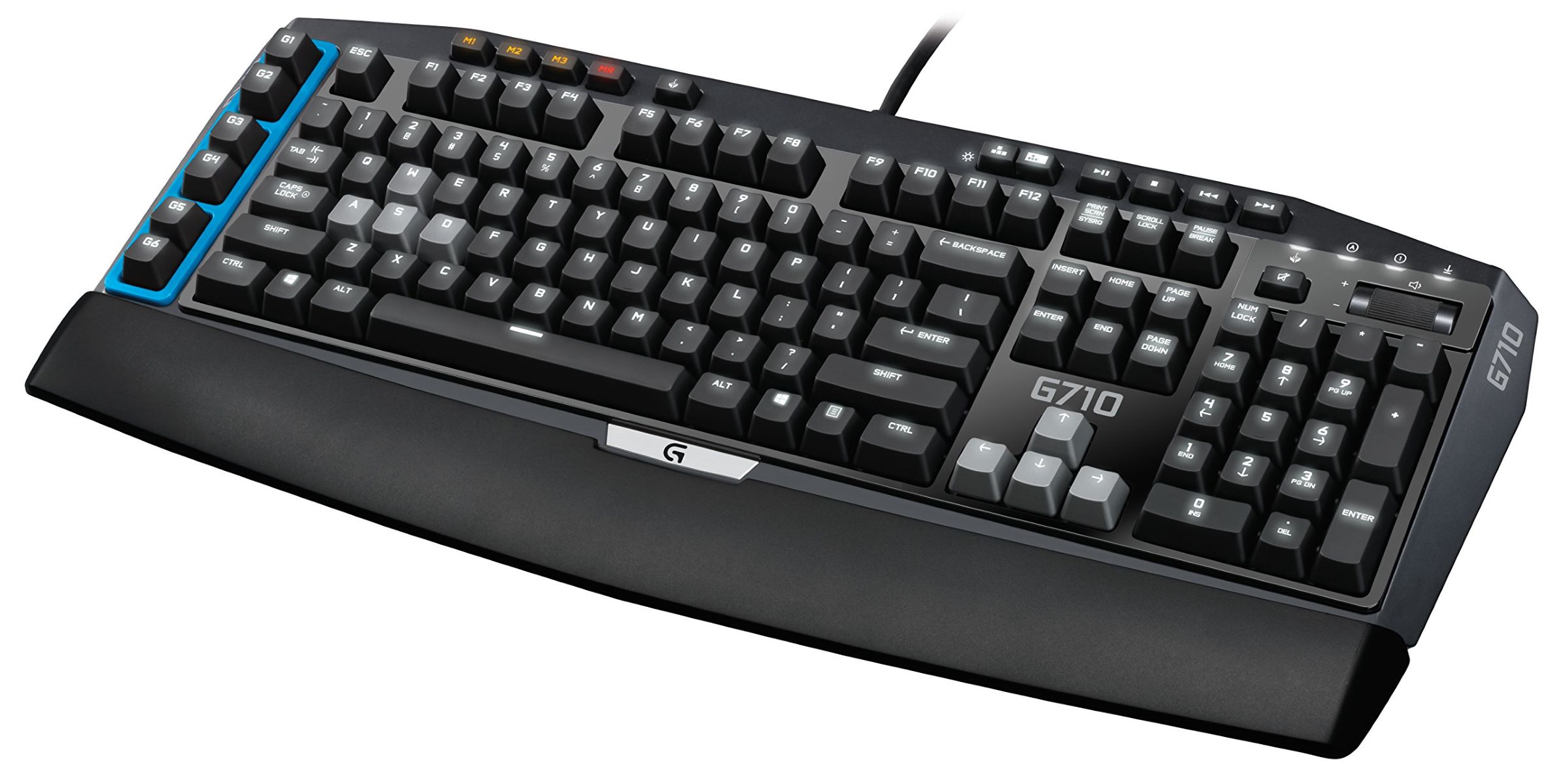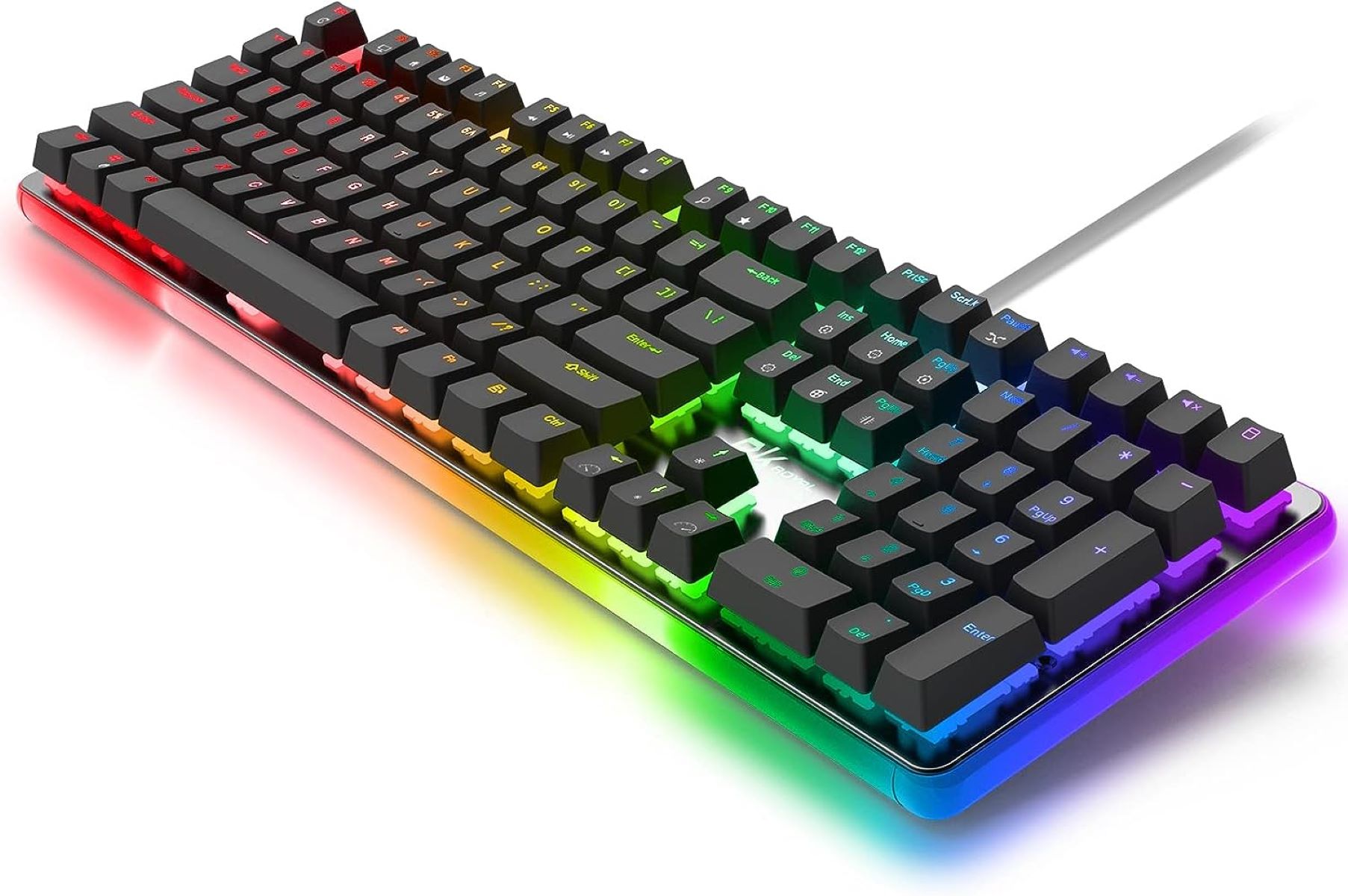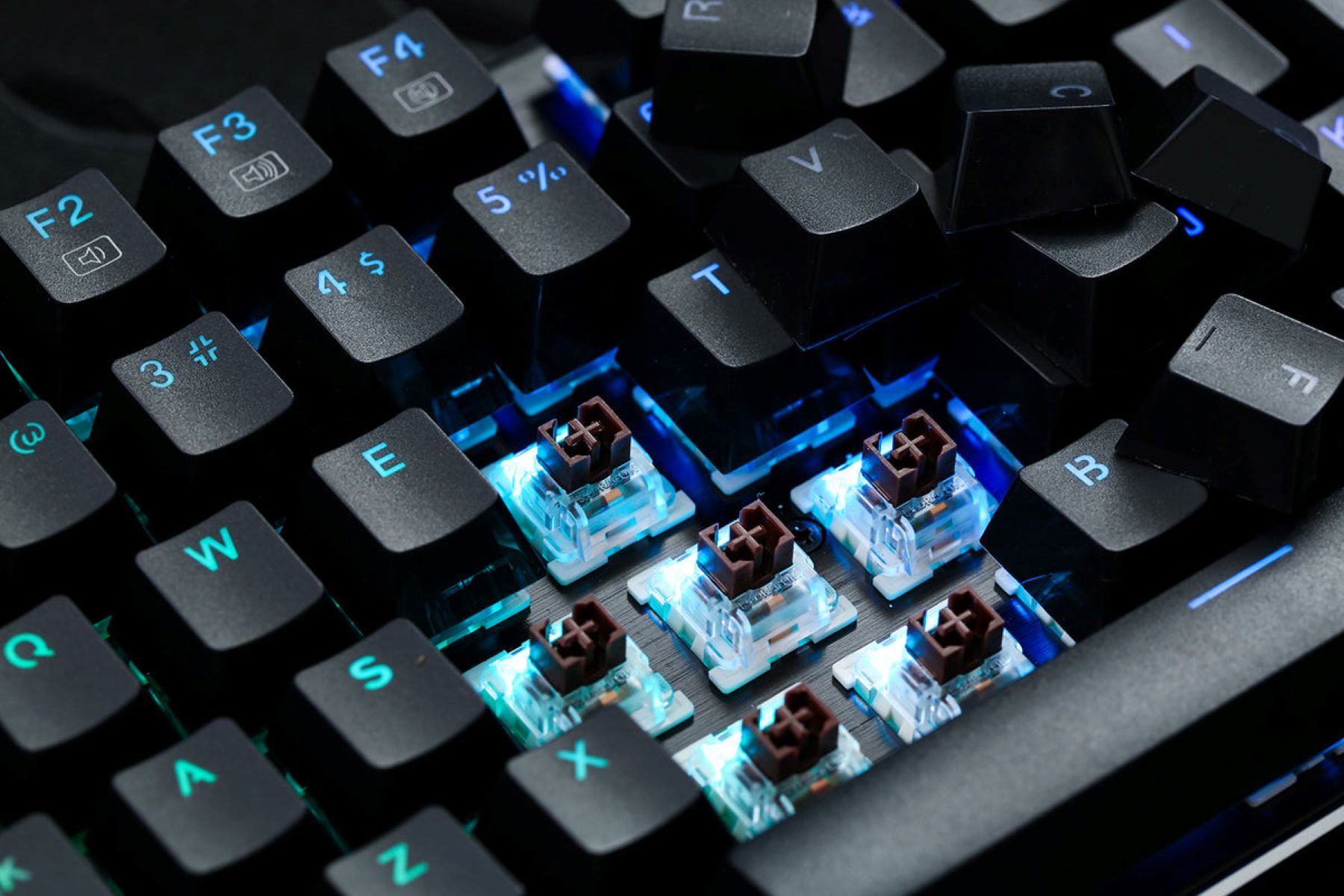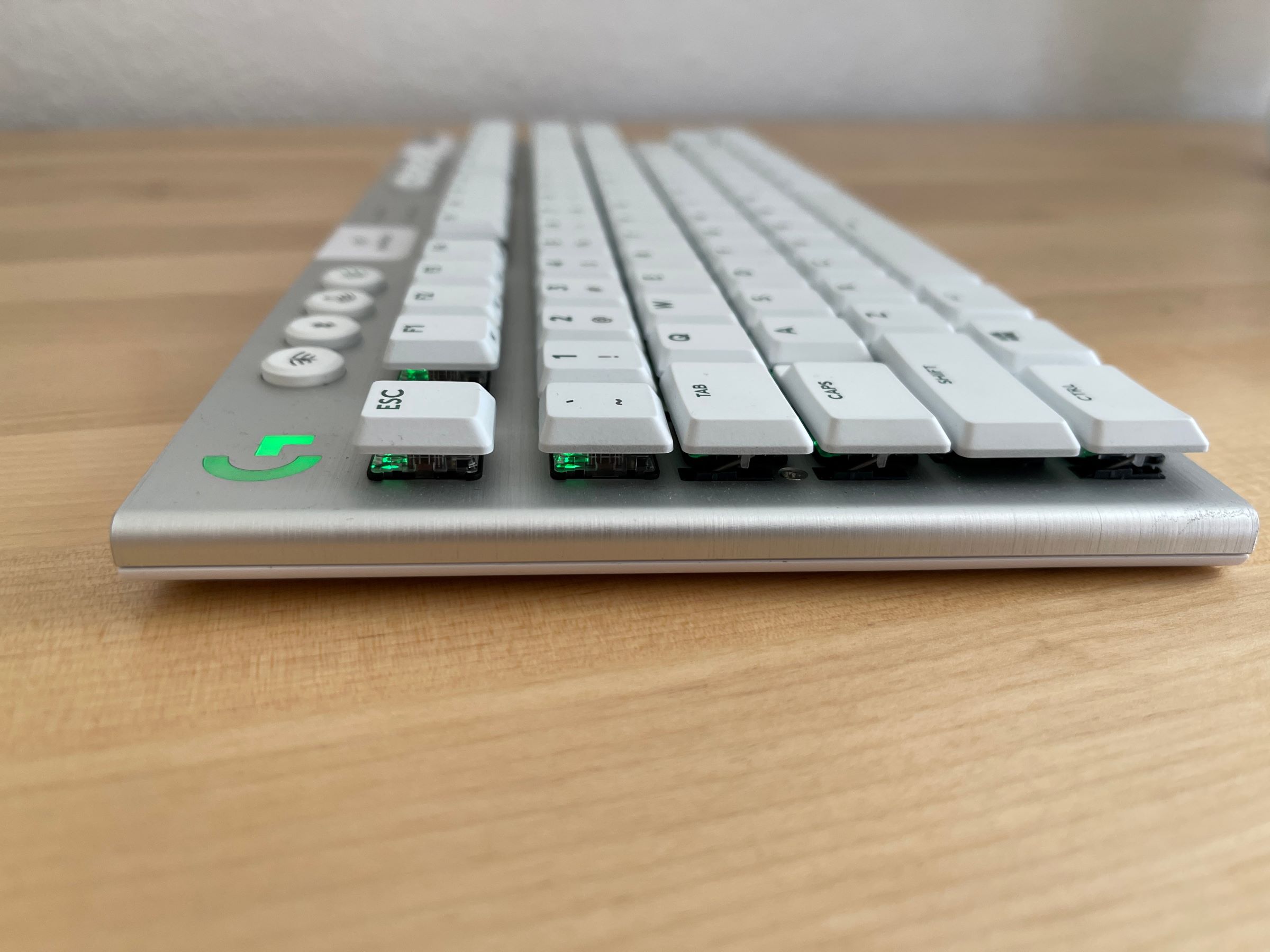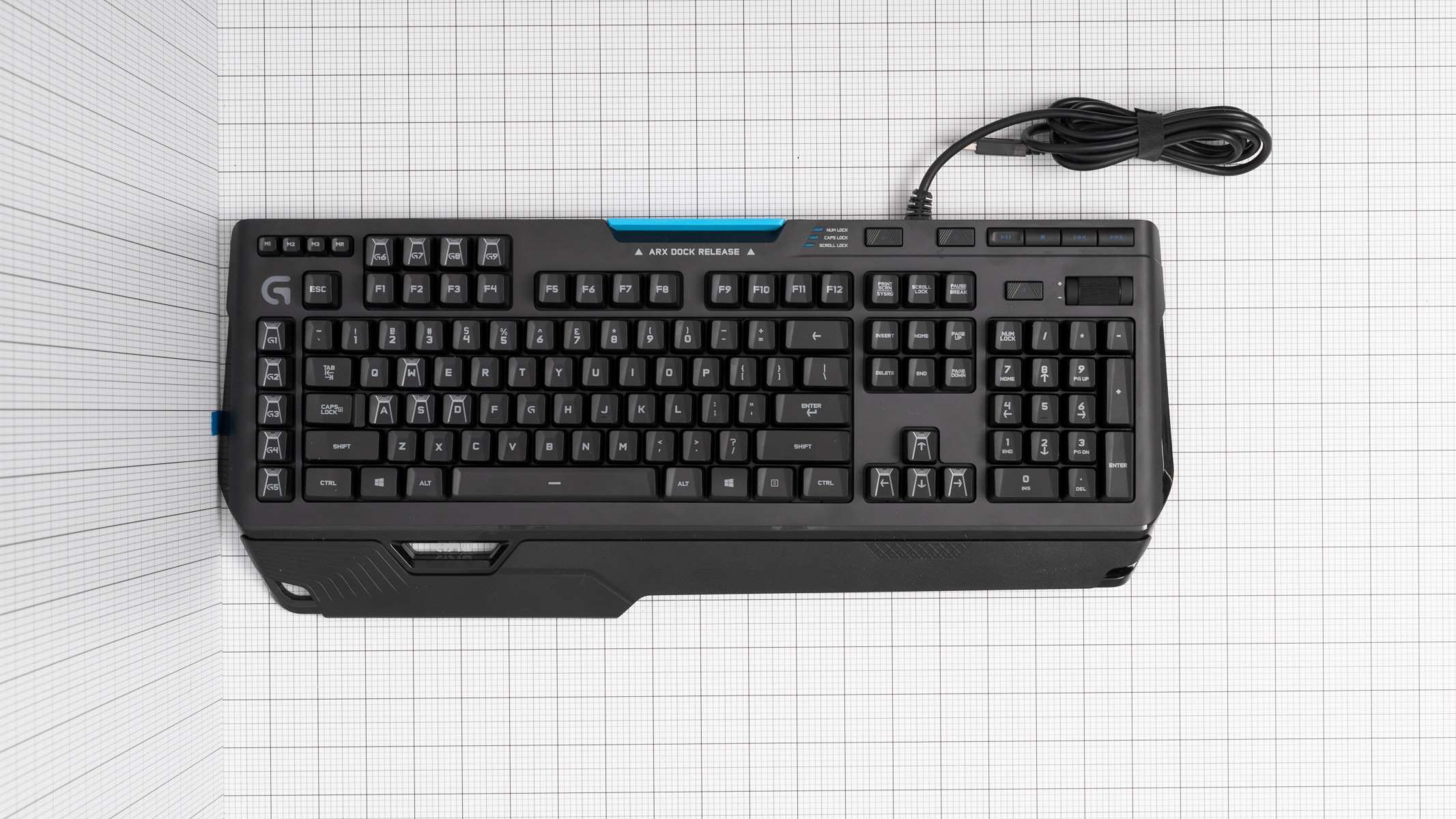Introduction
Welcome to the world of mechanical keyboards! Whether you're a seasoned tech enthusiast or a curious newcomer, the realm of mechanical keyboards offers a captivating blend of innovation, precision, and tactile satisfaction. In this article, we'll embark on a journey to unravel the wonders of mechanical keyboards, exploring their functionality, benefits, and diverse variations.
Mechanical keyboards have garnered a devoted following due to their exceptional performance, durability, and customizable features. From enhancing typing speed to providing a more tactile and responsive typing experience, mechanical keyboards have revolutionized the way we interact with our digital devices.
Join us as we delve into the intricacies of mechanical keyboards, uncovering the magic behind their design, the diverse array of options available, and the factors to consider when choosing the perfect mechanical keyboard for your needs. Whether you're a gamer, programmer, writer, or simply someone who appreciates a high-quality typing experience, understanding the functionality and benefits of mechanical keyboards can elevate your digital interactions to a whole new level.
What is a Mechanical Keyboard?
A mechanical keyboard is a type of keyboard that utilizes individual mechanical switches for each key. Unlike traditional membrane keyboards, which rely on a single rubber membrane to register key presses, mechanical keyboards feature individual switches beneath each keycap. These switches are responsible for registering keystrokes and providing a distinct tactile feedback.
One of the defining characteristics of mechanical keyboards is the variety of switch types available, each offering unique tactile feedback, actuation force, and acoustic properties. This diversity allows users to select switches that align with their preferences, whether they prioritize typing comfort, gaming performance, or a balance of both.
Furthermore, mechanical keyboards are renowned for their durability and longevity. The robust construction of mechanical switches enables them to withstand millions of keystrokes, making them an ideal choice for users seeking a long-lasting and reliable typing solution.
Additionally, mechanical keyboards often feature customizable keycaps and backlighting options, allowing users to personalize their typing experience and enhance the visual appeal of their keyboard. Whether it’s the satisfying click of a tactile switch, the smooth actuation of a linear switch, or the quiet operation of a silent switch, mechanical keyboards offer a diverse range of options to cater to individual preferences.
In essence, a mechanical keyboard represents a departure from the standard membrane keyboard, offering a premium typing experience characterized by tactile feedback, durability, and customization. As we continue our exploration, we’ll delve deeper into the inner workings of mechanical keyboards and the advantages they bring to the table.
How Does a Mechanical Keyboard Work?
At the heart of a mechanical keyboard are the individual mechanical switches that lie beneath each keycap. These switches are responsible for translating physical keystrokes into electrical signals that the computer can understand. Unlike membrane keyboards, where a rubber dome sits beneath the keys and requires full depression to register a keystroke, mechanical switches are designed to actuate with a distinct tactile feedback and actuation force.
When a key is pressed on a mechanical keyboard, the corresponding switch is actuated, completing an electrical circuit and sending a signal to the computer. The design of the switch determines the type of feedback the user experiences, whether it’s a audible click, a smooth linear action, or a quiet and cushioned keystroke.
Each mechanical switch consists of several components, including a housing, a spring, and a stem. The stem of the switch contains the keycap mount and the actuation mechanism, which is responsible for registering the keystroke. The spring provides the necessary resistance and actuation force, while the housing encases the components and ensures precise movement and stability.
Furthermore, the design of mechanical switches allows for easy removal and replacement of keycaps, enabling users to customize the appearance of their keyboard or replace worn-out keycaps without the need for specialized tools.
Additionally, some mechanical keyboards feature advanced technologies such as N-key rollover and anti-ghosting, which ensure that every keystroke is accurately registered, even when multiple keys are pressed simultaneously. These features are particularly beneficial for gamers and fast typists who require precise and reliable input recognition.
Overall, the intricate design and functionality of mechanical switches contribute to the exceptional performance and tactile satisfaction offered by mechanical keyboards. As we venture further, we’ll explore the myriad benefits that mechanical keyboards bring to users across various domains.
Benefits of Using a Mechanical Keyboard
Embracing a mechanical keyboard offers a multitude of advantages that cater to the needs and preferences of diverse users. The tactile and auditory feedback provided by mechanical switches enhances the typing experience, resulting in improved accuracy, comfort, and overall satisfaction. Let’s delve into the compelling benefits of using a mechanical keyboard:
- Tactile Feedback: Mechanical keyboards provide distinct tactile feedback, allowing users to feel and hear when a key press is registered. This feature enhances typing accuracy and provides a satisfying typing experience, especially for individuals who spend extended periods at their keyboards.
- Durability: The robust construction of mechanical switches ensures longevity and reliability. With the ability to withstand millions of keystrokes, mechanical keyboards offer a durable typing solution that outlasts traditional membrane keyboards, making them a worthwhile investment.
- Customization: Many mechanical keyboards offer customizable keycaps and backlighting options, allowing users to personalize the appearance of their keyboards to suit their preferences and aesthetic tastes. This level of customization adds a personalized touch to the typing experience.
- Enhanced Typing Speed: The tactile feedback and responsive nature of mechanical switches can contribute to improved typing speed and efficiency. The distinct actuation point of each switch allows for quicker key presses and reduced typing fatigue over time.
- Gaming Performance: Mechanical keyboards are favored by gamers for their precise and responsive key input, anti-ghosting features, and N-key rollover, which enable simultaneous key presses without input conflicts. These attributes enhance gaming performance and provide a competitive edge to gamers.
- Ergonomic Comfort: The tactile and responsive nature of mechanical switches can contribute to ergonomic comfort, reducing the strain on the fingers and wrists during prolonged typing sessions. This comfort factor is particularly beneficial for individuals with repetitive strain injuries or those seeking a more comfortable typing experience.
These benefits collectively contribute to the allure of mechanical keyboards, attracting users from various domains, including gaming, programming, content creation, and everyday computing tasks. As we journey through the world of mechanical keyboards, we’ll explore the diverse types of mechanical keyboards available and the factors to consider when selecting the ideal keyboard for specific needs.
Different Types of Mechanical Keyboards
The world of mechanical keyboards encompasses a diverse array of types, each tailored to specific preferences, use cases, and aesthetic inclinations. Understanding the various types of mechanical keyboards is essential for selecting the ideal keyboard that aligns with individual needs and preferences. Here are some prominent types of mechanical keyboards:
- Full-Size Mechanical Keyboards: These keyboards feature a standard layout with a full set of keys, including the alphanumeric keys, function keys, navigation cluster, and a dedicated number pad. Full-size mechanical keyboards are suitable for users who require the complete range of keys and prefer a traditional layout.
- Tenkeyless (TKL) Mechanical Keyboards: TKL keyboards omit the number pad, resulting in a more compact and space-efficient design. This type of keyboard appeals to users who prioritize desk space and prefer a more streamlined layout without sacrificing essential keys.
- Compact Mechanical Keyboards: Compact keyboards, also known as 60% or 75% keyboards, further reduce the form factor by eliminating additional keys such as the function row, navigation keys, and sometimes even the arrow keys. These keyboards are favored by users who prioritize portability and a minimalist aesthetic.
- Split Mechanical Keyboards: Split keyboards feature a divided layout, with the left and right sections separated, allowing users to position each half according to their comfort and ergonomic preferences. This design promotes a more natural hand position and can alleviate strain on the wrists and shoulders during prolonged typing sessions.
- Customizable Mechanical Keyboards: Some mechanical keyboards are designed to be highly customizable, allowing users to modify key switches, keycaps, and even the keyboard’s physical layout. These customizable keyboards cater to enthusiasts and individuals seeking a personalized typing experience.
- Wireless Mechanical Keyboards: Wireless mechanical keyboards offer the convenience of cord-free operation, providing flexibility and mobility for users who prefer a clutter-free workspace or require the ability to switch between devices seamlessly.
Each type of mechanical keyboard offers unique advantages and considerations, catering to a broad spectrum of user preferences, professions, and usage scenarios. Whether it’s the compact efficiency of a TKL keyboard, the ergonomic benefits of a split keyboard, or the customizable allure of a personalized keyboard, the diverse range of options ensures that there’s a mechanical keyboard tailored to meet every user’s distinct needs.
Factors to Consider When Choosing a Mechanical Keyboard
When selecting a mechanical keyboard, several key factors warrant consideration to ensure that the chosen keyboard aligns with individual preferences, usage requirements, and ergonomic needs. By carefully evaluating these factors, users can make informed decisions and find a mechanical keyboard that enhances their typing experience. Here are essential considerations to keep in mind:
- Switch Type: The type of switch used in a mechanical keyboard significantly impacts the typing experience. Switches come in various categories such as tactile, linear, and clicky, each offering distinct tactile feedback, actuation force, and noise levels. It’s essential to choose a switch type that suits personal preferences for typing feel and sound.
- Keyboard Size: Consider the form factor that best suits your workspace and usage requirements. Full-size keyboards offer a complete set of keys, while compact and tenkeyless keyboards prioritize space efficiency. Assess your need for dedicated navigation keys and a number pad to determine the ideal keyboard size.
- Build Quality: Assess the build materials and construction of the keyboard. Premium materials such as aluminum and high-quality plastics contribute to durability and longevity. A robust build quality ensures that the keyboard withstands daily use and provides a reliable typing platform.
- Backlighting and Customization: If backlighting is a desirable feature, consider the availability of customizable RGB lighting, keycap compatibility, and software control for creating personalized lighting effects. Additionally, assess the keyboard’s compatibility with aftermarket keycap sets for further customization possibilities.
- Programmability and Macros: Some mechanical keyboards offer programmable keys and macro functionality, allowing users to customize key functions and create shortcuts tailored to their workflow. Evaluate the availability of programmable features if advanced customization and productivity enhancements are desired.
- Wireless or Wired: Determine whether a wireless or wired connection best suits your preferences. Wireless mechanical keyboards provide flexibility and a clutter-free setup, while wired keyboards ensure consistent and reliable connectivity without concerns about battery life.
- Ergonomics and Comfort: If ergonomic considerations are paramount, explore keyboards with adjustable tilt angles, wrist rests, or split designs. These features promote a more comfortable typing posture and can contribute to reduced strain during extended typing sessions.
By carefully evaluating these factors, users can make informed decisions when selecting a mechanical keyboard that complements their typing style, ergonomic needs, and aesthetic preferences. The diverse range of mechanical keyboards available ensures that there’s a perfect match for every user, whether they prioritize gaming performance, ergonomic comfort, or personalized customization.
Conclusion
As we conclude our exploration of mechanical keyboards, it’s evident that these devices offer a myriad of benefits, customization options, and ergonomic considerations that cater to a diverse range of users. The tactile satisfaction, durability, and performance advantages of mechanical keyboards have solidified their status as a preferred choice for gamers, programmers, writers, and professionals seeking a premium typing experience.
From the intricate design of mechanical switches to the diverse array of keyboard types and customizable features, the world of mechanical keyboards is a captivating fusion of technology, innovation, and user-centric design. The ability to personalize key switches, keycaps, and backlighting, coupled with the ergonomic considerations and programmable features, ensures that users can tailor their keyboard to suit their specific needs and preferences.
Whether it’s the compact efficiency of a tenkeyless keyboard, the ergonomic benefits of a split design, or the customizable allure of a personalized keyboard, the world of mechanical keyboards offers a perfect match for every user. By carefully considering switch types, keyboard sizes, build quality, and ergonomic features, users can make informed decisions and select a mechanical keyboard that enhances their productivity, comfort, and overall typing experience.
As technology continues to evolve, the realm of mechanical keyboards remains at the forefront of innovation, continually adapting to meet the changing needs and expectations of users. Whether it’s the pursuit of enhanced gaming performance, ergonomic comfort, or personalized aesthetics, mechanical keyboards stand ready to deliver a tailored and satisfying typing experience for enthusiasts and professionals alike.
In essence, the allure of mechanical keyboards lies in their ability to transform the act of typing into a tactile, responsive, and personalized journey, elevating the user’s interaction with their digital devices and fostering a deeper connection with their daily tasks and activities.







